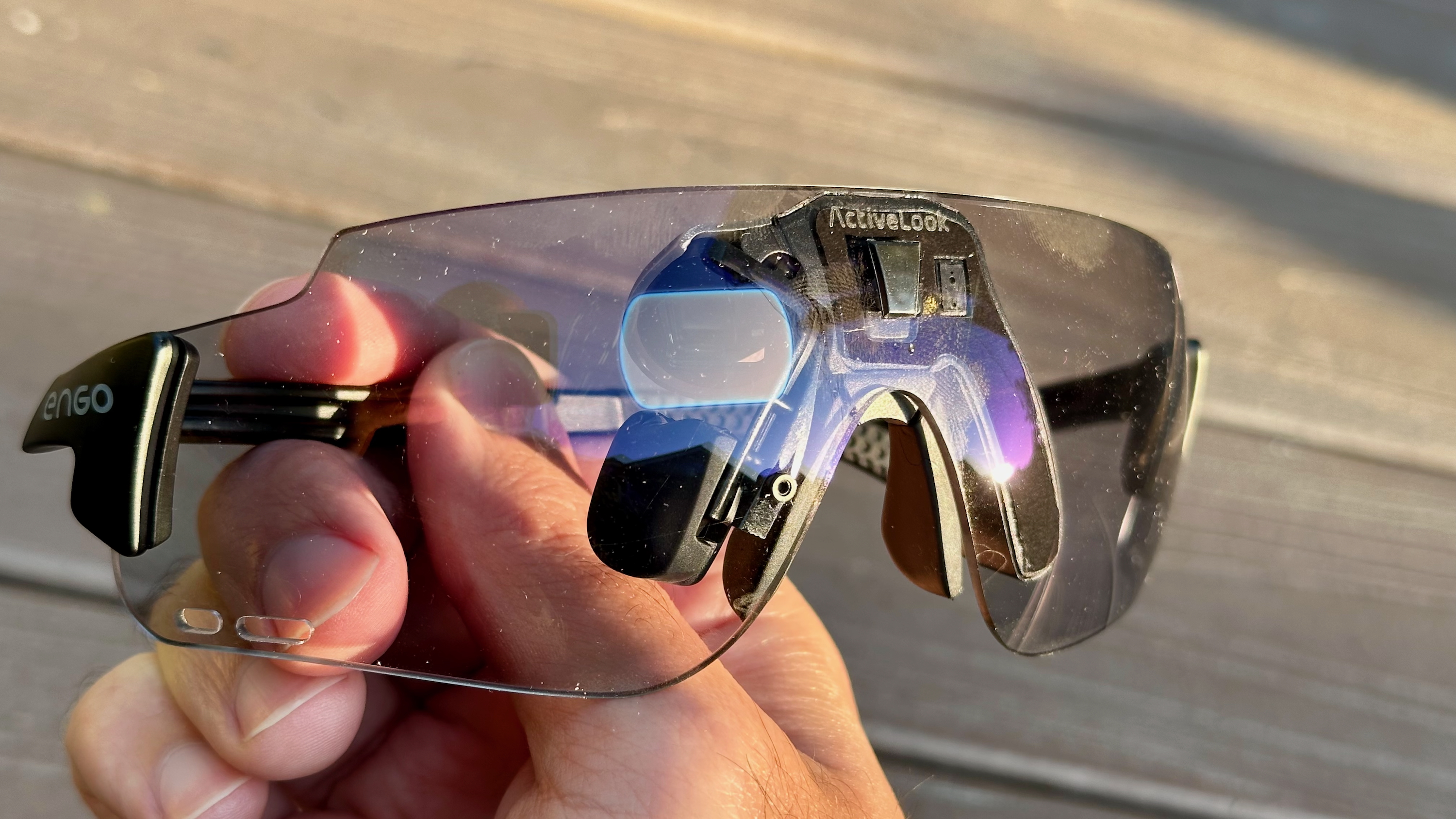Samsung Galaxy Note 20 Ultra vs. Galaxy S20 Plus: Which should you buy?
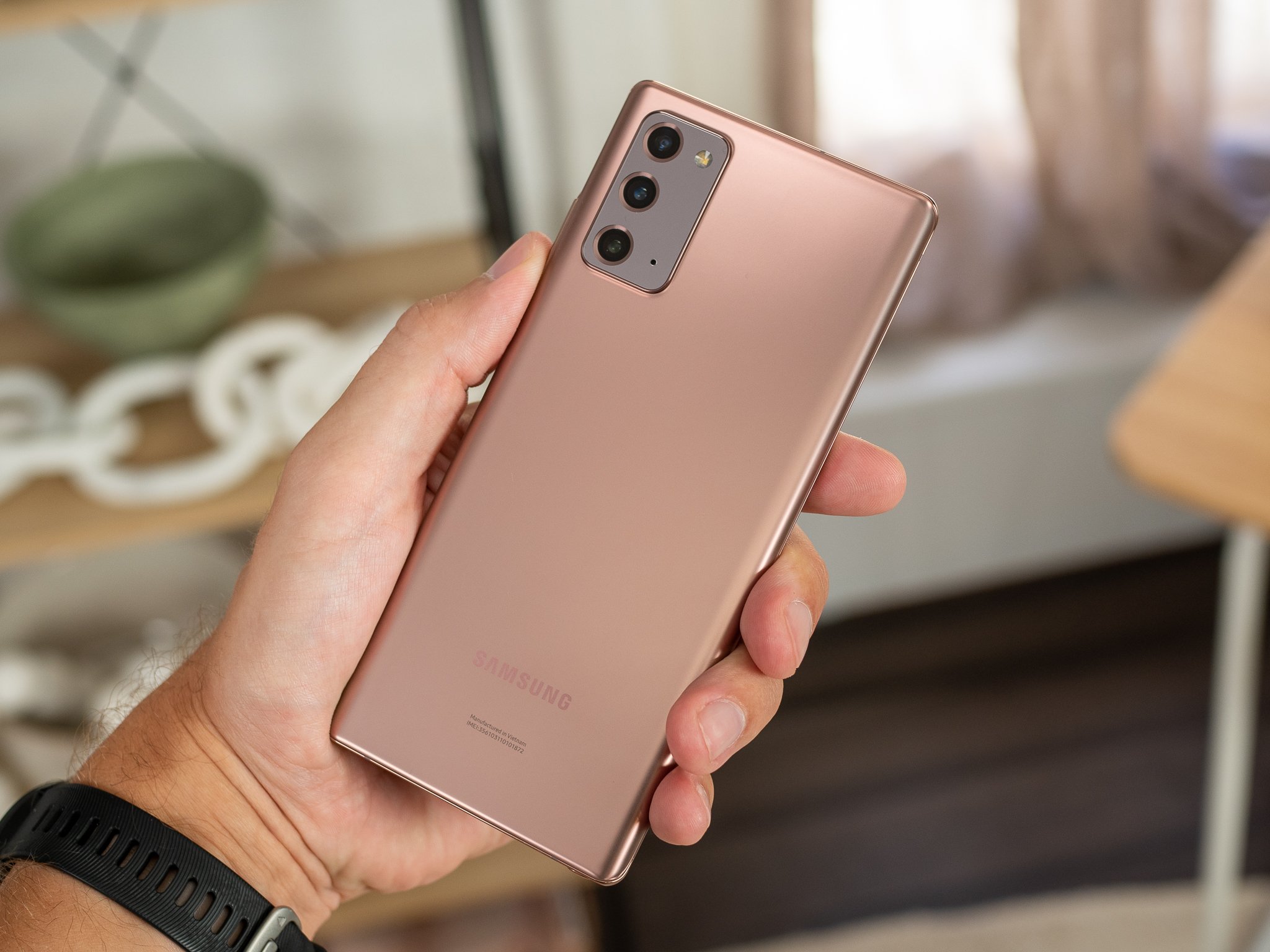
Samsung Galaxy Note 20 Ultra
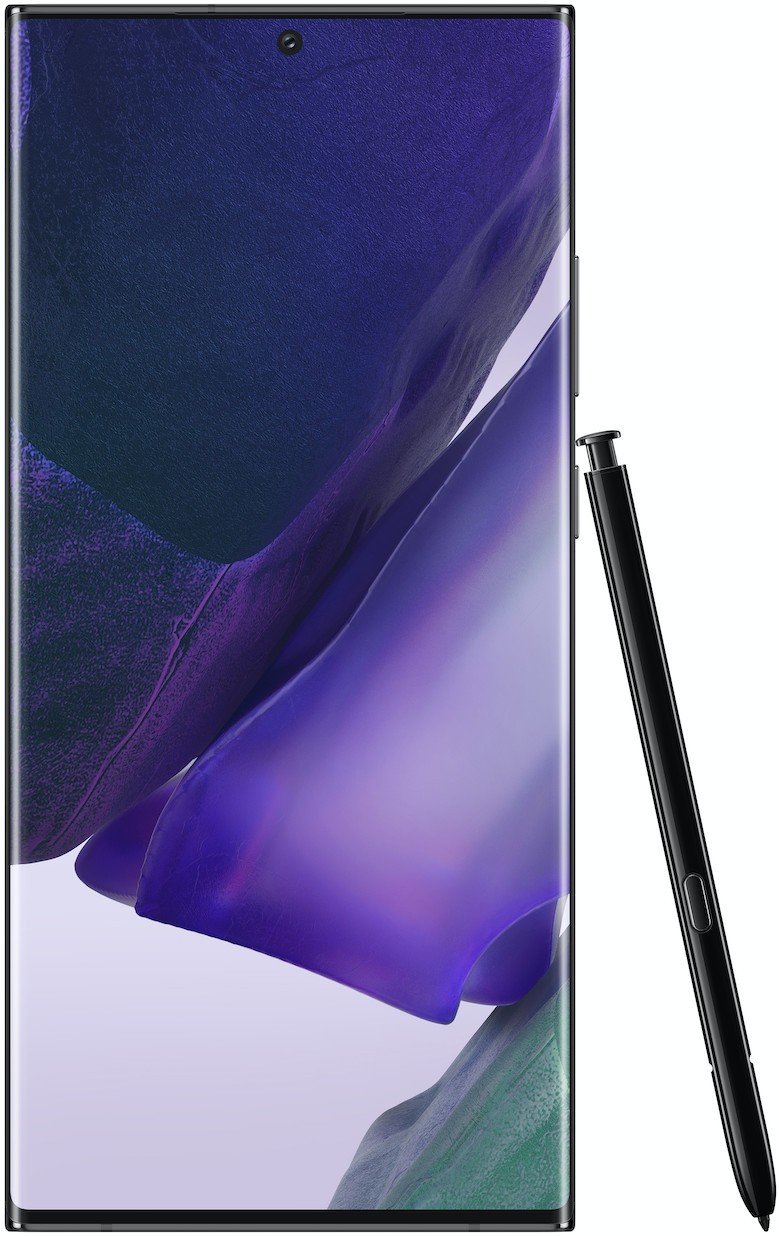
The Galaxy Note 20 Ultra is the most powerful phone in 2020. There's a massive 6.9-inch display with a 120Hz refresh rate, the latest Snapdragon 865+ chipset with global 5G connectivity, an S Pen that has just 9ms latency, outstanding 108MP primary camera at the back, and a gorgeous new design that allows the phone to stand out. You're paying a lot here, but you are getting an incredible phone.
Samsung Galaxy Note 20 Ultra
The ultimate flagship
Samsung Galaxy S20+

If you don't need the S Pen, the Galaxy S20+ is a fantastic choice. The phone has the same great AMOLED panel with 120Hz refresh rate, and the Snapdragon 865 chipset is just as good. You get 5G connectivity here, the same wired and wireless charging, and the same software. The 108MP camera on the Note 20 Ultra is marginally better, but otherwise these two phones are very similar.
Samsung Galaxy S20+
Mainstream choice
With three phones in the Galaxy S20 series and two options in the Note 20 series, you have a lot of choice if you're in the market for a Samsung flagship right now.
Galaxy Note 20 Ultra vs. Galaxy S20 Plus: What are the similarities and differences?
The distinction between the Galaxy S and Note series is getting thinner and thinner with every generation, and that's evident when you look at what the Note 20 Ultra has to offer. The hardware is near-identical to the Galaxy S20+, with both phones offering the same AMOLED panel tech with a 120Hz refresh rate that makes scrolling feel so smooth. This makes either device stand out from Samsung's earlier flagships, and it is one of the biggest reasons to switch if you're using the Galaxy S10, Note 10, or older flagship.
The differences between the two phones are subtle, but the Note 20 Ultra gives you a little extra.
Because we're talking about two devices that are so similar, we'll have to drill in to find the areas where they differ. The Note 20 Ultra has a 6.9-inch display versus the 6.7-inch screen on the S20+, and because of the larger screen, the Note 20 Ultra is 2.9mm taller. Also, the phone is also 22g heavier, even though both devices have the same 4,500mAh battery. The difference here is because of the S Pen and its housing.
The Note 20 Ultra features Corning's latest Gorilla Glass Victus screen protection, with the S20+ coming with Gorilla Glass 6. You shouldn't see any major difference in this area, but you're still better off picking up a case to protect your Note 20 Ultra.
Under the hood, the Note 20 Ultra is powered by the Snapdragon 865+ chipset, with the S20+ featuring the regular Snapdragon 865. Again, there's no difference here other than increased clocks on the primary core, and in day-to-day use both phones are identical. The international version of the Note 20 Ultra comes with the Exynos 990 — the same as the global S20+.
Be an expert in 5 minutes
Get the latest news from Android Central, your trusted companion in the world of Android
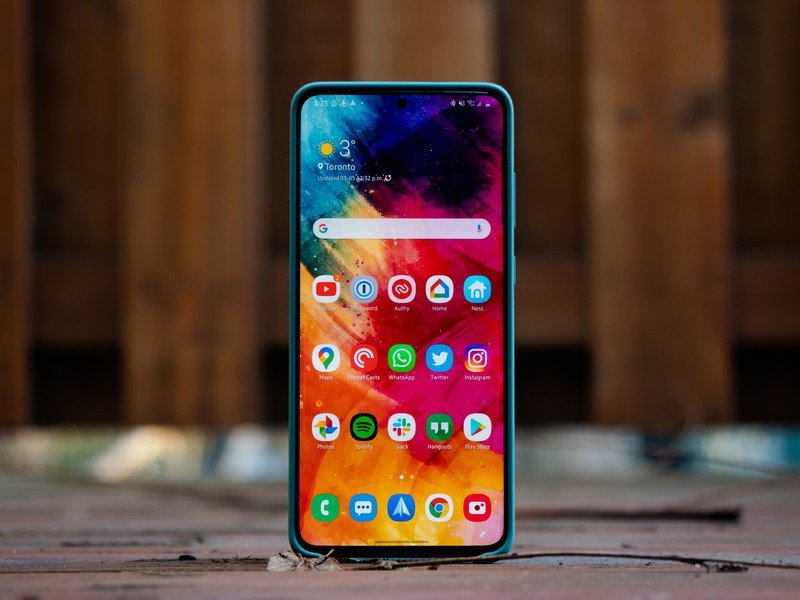
Continuing down the hardware front, both phones come with 12GB of LPDDR5 RAM as standard, and the base variants have 128GB of storage. The S20+ has a UFS 3.0 storage module, while the Note 20 Ultra has a UFS 3.1 module. Both phones have a microSD card slot and feature IP68 dust and water resistance, but you won't find a 3.5mm jack though.
The biggest difference between the two phones is the S Pen.
The differentiator for the Note series has always been the S Pen, and that's the case for Samsung's latest flagship as well. Samsung made a few tweaks to its stylus with this generation, touting a latency of just 9ms. That makes the stylus even better for taking notes or sketching, and if you want the versatility that the S Pen has to offer, there's only one choice here.
Both phones have the same software, and with Samsung now committing to three years of platform updates, both the Note 20 Ultra and the S20+ will be updated to Android 13. That is a huge deal, and it is great to see Samsung taking the initiative here.
Rounding off the differences, the Note 20 Ultra has a 108MP primary camera that takes outstanding photos. The Galaxy S20+ is no slouch here either with its 12MP sensor, but the Note 20 Ultra has a slender edge in this category. As I said at the start, the differences between these two phones are minute. Both phones have 8K video recording and a gamut of shooting modes and effects to play around with.
Galaxy Note 20 Ultra vs. Galaxy S20 Plus: Specifications
| Category | Samsung Galaxy Note 20 Ultra | Samsung Galaxy S20+ |
|---|---|---|
| Operating system | Android 10One UI 2.5 | Android 10One UI 2.1 |
| Display | 6.9-inch Dynamic AMOLED3088x1440 (20:9)HDR10+Gorilla Glass Victus | 6.7-inch Dynamic AMOLED3200x1440 (20:9)HDR10+Gorilla Glass 6 |
| Chipset | Snapdragon 865+1 x 3.0GHz A773 x 2.42GHz A774 x 1.80GHz A557nm | Snapdragon 8651 x 2.84GHz A773 x 2.42GHz A774 x 1.80GHz A557nm |
| GPU | Adreno 650 | Adreno 650 |
| RAM | 12GB LPDDR5 | 12GB LPDDR5 |
| Storage | 128GB/256GB/512GB UFS3.1 | 128GB/512GB UFS3.0 |
| MicroSD slot | Yes (Up to 1TB) | Yes (Up to 1TB) |
| Rear camera 1 | 108MP f/1.8, OIS8K at 24fps4K at 60fps | 12MP f/1.8 OIS8K at 24fps4K at 60fps |
| Rear camera 2 | 12MP, f/3.0telephoto, OIS5x optical zoom | 64MP, f/2.0telephoto, OIS3x optical zoom, 30x hybrid |
| Rear camera 3 | 12MP, f/2.2Wide-angle | 12MP, f/2.2wide-angle |
| Rear camera 4 | None | ToF sensor |
| Front camera | 10MP, f/2.24K video, autofocus | 10MP, f/2.24K video, autofocus |
| Connectivity | 5G NSA, Sub-6/mmWaveWi-Fi ax 4x4 MIMO, Bluetooth 5.0NFC, AptX HD, A-GPS | 5G NSA, Sub-6/mmWaveWi-Fi ax 4x4 MIMO, Bluetooth 5.0NFC, AptX HD, A-GPS |
| Audio | USB-CStereo speakers | USB-CStereo speakers |
| Battery | 4500mAhNon-removable | 4500mAhNon-removable |
| Charging | USB-C PD 3.025W fast charging15W wireless charging | USB-C PD 3.025W fast charging15W wireless charging |
| Water resistance | IP68 | IP68 |
| Security | In-display fingerprint sensor (ultrasonic) | In-display fingerprint sensor (ultrasonic) |
| Dimensions | 164.8 x 77.2 x 8.1mm208g | 161.9 x 73.7 x 7.8mm186g |
| Colors | Mystic Bronze, Mystic Black, Mystic White | Cloud Blue, Cloud Pink, Cosmic Gray, Cosmic Black |
Galaxy Note 20 Ultra vs. Galaxy S20 Plus: Whatever you choose, you'll end up with a great phone
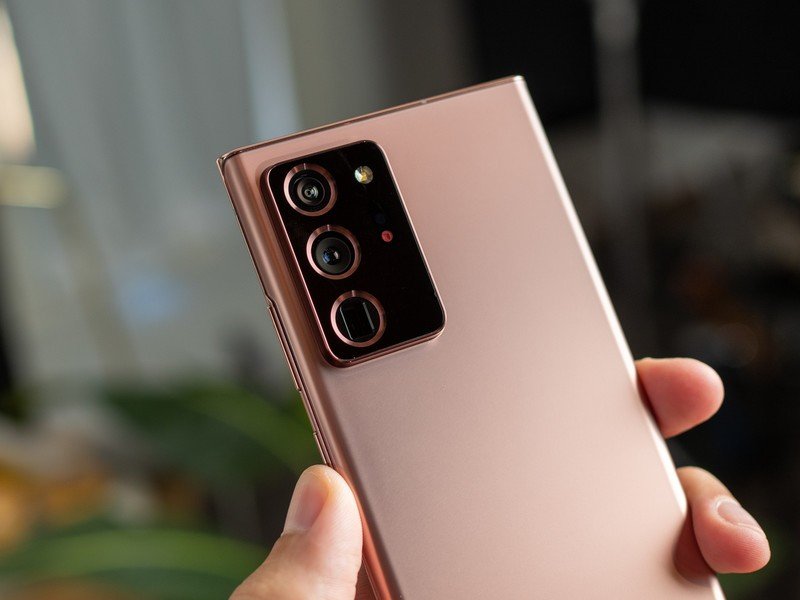
Right now, there's a $100 difference between the Note 20 Ultra and the Galaxy S20+, and they're both high-end flagship devices. The differences boil down to this: if you care about the S Pen at all, the Note 20 Ultra is the obvious choice. If you want a phone that's less cumbersome to hold and use, pick the Galaxy S20+.
The Galaxy S20+ gets a lot right, but the Note 20 Ultra is a better option.
For my money, I would go with the Note 20 Ultra. The screen is larger, and you get the versatility of the stylus and a 108MP camera that is one of the best on any phone today. I also like the design of the Note 20 Ultra better, with the Mystic Bronze version in particular looking every bit as premium as its $1,300 price tag would suggest.
Samsung knows what its customers want, and there is a sizable audience that wants a stylus. For those users, the Note 20 Ultra is the better choice. The larger screen is more conducive to note-taking and sketching, and the phone isn't lacking in any area. The S20+ is just as good, and if you want a more mainstream option, it is the ideal choice for $100 less.

Power-packed goodness
The Galaxy Note 20 Ultra is packed with all the features you care about. The 120Hz AMOLED panel is sublime in day-to-day use, the internal hardware is the latest you'll find on a phone today, you get all-day battery life with 25W wired and 15W wireless charging, and the cameras are outstanding. Combine that with a versatile stylus and you get the best all-round phone right now.

Still a fantastic phone
The S20+ has an array of new features, but the most exciting is the 120Hz display. The high refresh rate makes interactions silky smooth, and it's just a delight to use. You also get upgraded cameras, 5G connectivity, and incredible hardware. If you're in the market for a flagship and don't care about a stylus, the S20+ is the device to get.

Harish Jonnalagadda is Android Central's Senior Editor overseeing mobile coverage. In his current role, he leads the site's coverage of Chinese phone brands, networking products, and AV gear. He has been testing phones for over a decade, and has extensive experience in mobile hardware and the global semiconductor industry. Contact him on Twitter at @chunkynerd.
